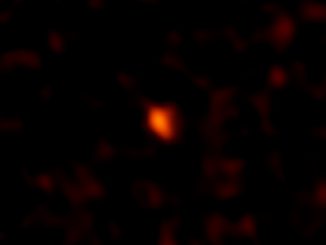
NRAO

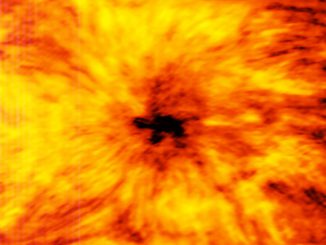
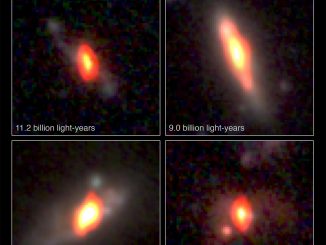
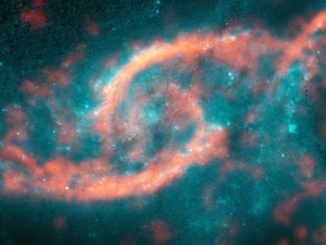
Interacting galaxies produce eye-shaped “tsunami” of stars
Astronomers using the Atacama Large Millimetre/submillimetre Array (ALMA) have discovered a tsunami of stars and gas that is crashing midway through the disc of a spiral galaxy known as IC 2163. This colossal wave of material — which was triggered when IC 2163 recently sideswiped another spiral galaxy dubbed NGC 2207 — produced dazzling arcs of intense star formation that resemble a pair of eyelids.
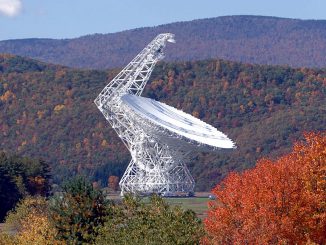
Green Bank Observatory: the making of an American astronomy icon
Astronomers have just celebrated the inauguration of the Green Bank Observatory in West Virginia, home to the 100-metre Green Bank Telescope, one of the world’s most powerful astronomical instruments. During its 60-year history, Green Bank has been home to some of the world’s most innovative and productive radio telescopes.
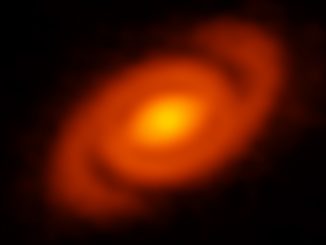
Protoplanetary disc’s spiral arms embrace young star
Swirling around the young star Elias 2-27 is a stunning spiral-shape pinwheel of dust. This striking feature, seen with the Atacama Large Millimetre/submillimetre Array (ALMA), is the product of density waves — gravitational perturbations in the star’s protoplanetary disc that produce sweeping arms reminiscent of a spiral galaxy, but on a much smaller scale.

ALMA uncovers insights into “Golden Age” of galaxy formation
International teams of astronomers have used the Atacama Large Millimeter/submillimeter Array (ALMA) to explore the distant corner of the universe first revealed in the iconic images of the Hubble Ultra Deep Field (HUDF). These new ALMA observations are significantly deeper and sharper than previous surveys at millimetre wavelengths.
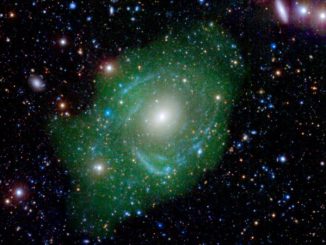
‘Frankenstein’ galaxy UGC 1382 surprises astronomers
About 250 million light-years away, there’s a neighbourhood of our universe that astronomers had considered quiet and unremarkable. But now, scientists have uncovered an enormous, bizarre galaxy possibly formed from the parts of other galaxies. Some 718,000 light-years across, UGC 1382 is more than seven times wider than the Milky Way.
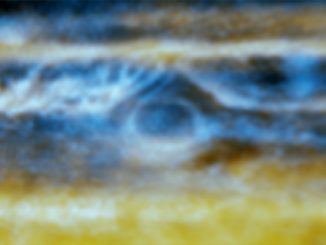
VLA radio map reveals what lies deep below Jupiter’s visible clouds
Observations with the National Science Foundation’s Very Large Array (VLA) have given astronomers an unprecedented look into the atmosphere of Jupiter. The scientists used the VLA to study the dynamics of Jupiter’s atmosphere from the visible cloud surfaces down to about 60 miles (100 kilometres) below the clouds.

ALMA measures mass of black hole with extreme precision
Using the Atacama Large Millimetre/submillimetre Array (ALMA), a team of astronomers has delved remarkably deep into the heart of a nearby elliptical galaxy to study the motion of a disc of gas encircling the supermassive black hole at its centre. These observations provide one of the most accurate mass measurements to date for a black hole outside of our galaxy.
